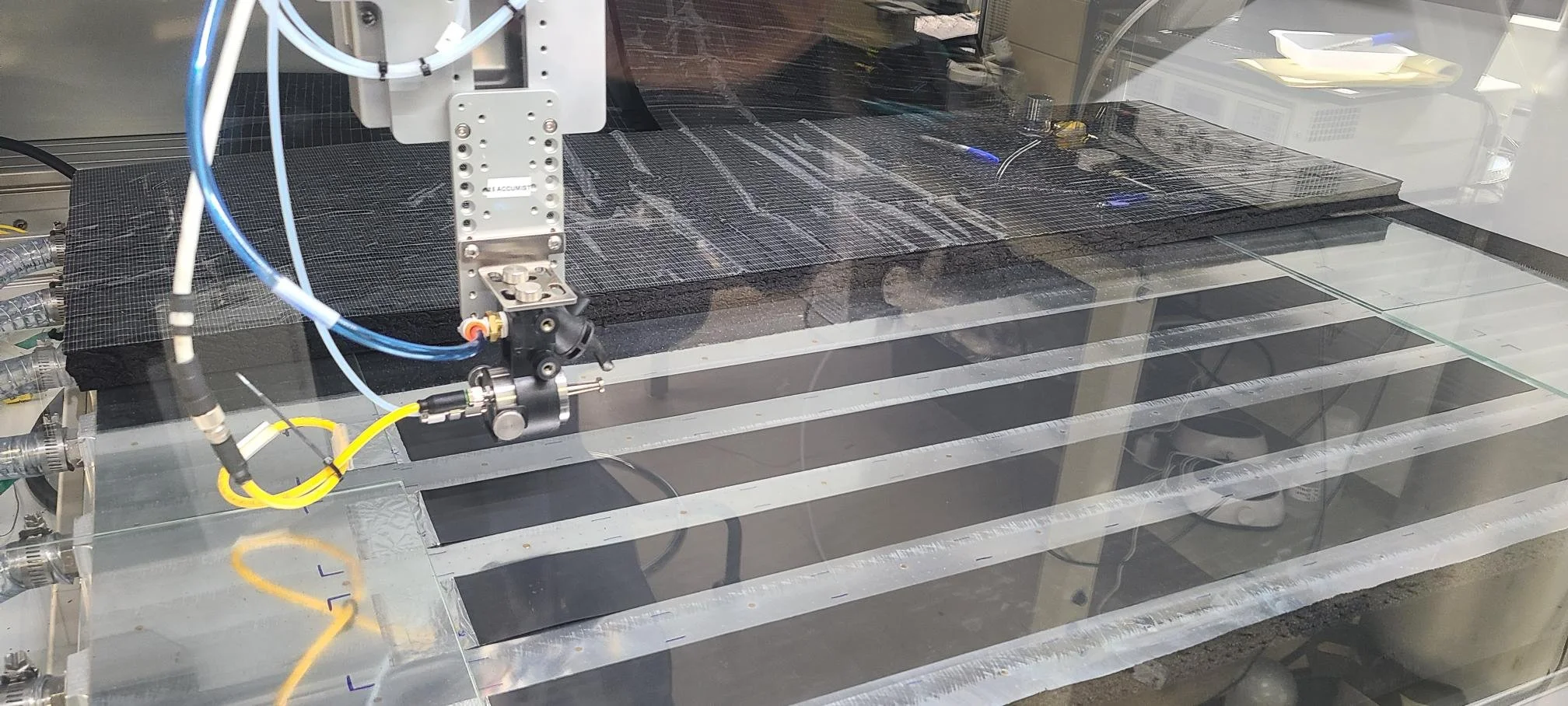Low Temperature Solid State Battery Materials
Future science missions to the Lunar surface and other planets and their moons will require advanced secondary battery systems that can operate at extreme temperatures. Advancements that address battery operation at extreme temperatures, combined with high specific energy and energy density, are critically needed. Conventional rechargeable Li-ion cells operate within a narrow temperature range of -20 to 40 ºC, and they suffer from capacity loss at lower temperatures. Improved batteries that minimize the need for strict thermal management, which adds to the mass of the spacecraft, are critically needed.
The solution to making rechargeable lithium-ion batteries that operate in extreme temperature environments is to develop a solid electrolyte that does not suffer from poor solid-solid interfacial lithium conductivity. New materials and methods for tailoring these solid-solid interfaces are also needed. It is also critical to combine this modified solid electrolyte with high voltage cathodes and stable anodes to produce the high energy density batteries that NASA needs.
TDA Research has developed a new solid electrolyte than can be used to make surface coated electrodes and surface coated separators that combine to make high voltage lithium rechargeable solid batteries suitable for the Lunar environment, and beyond. A solid-state battery with wide temperature stability and wide temperature operability.
Greater than 250 Wh/kg energy density
Extremely wide temperature range (surviving potentially up to 200 ºC, operating down to -60 to -80 ºC, and surviving down to -120 ºC or lower).


